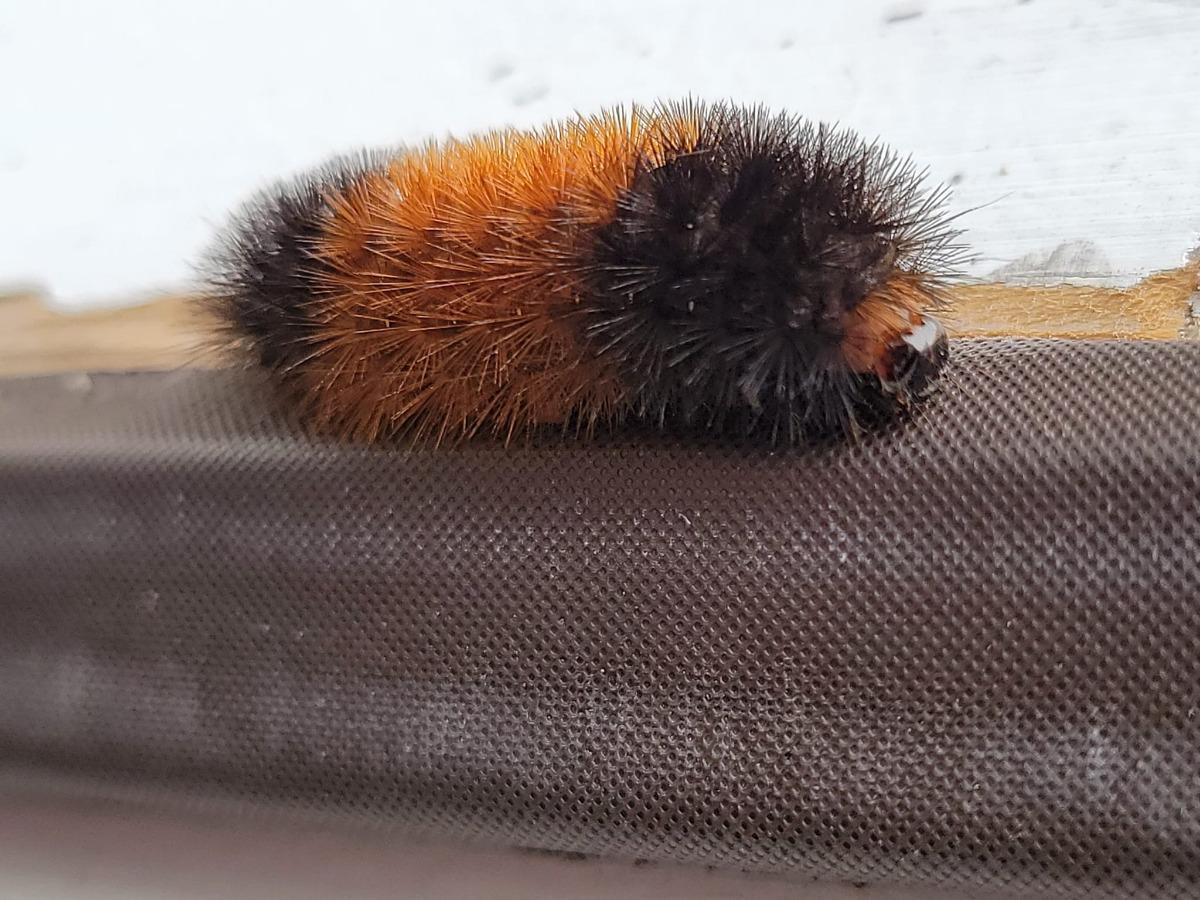Are These Bugs Toxic to Pets?

- posted: Oct. 07, 2023
Are These Bugs Toxic to Pets?
Halloween is coming and is synonymous with creepy crawly critters. Cool weather often drives insects and spiders indoors and there are still a number of bugs to be found outdoors as well. What if your cat or dog comes in contact with an insect and--horrors!—what if he or she eats one? Are bugs toxic to our fur babies? Let’s learn more!
Stink bugs—stink bugs are prevalent in the fall and, while they do not sting or bite, they can cause stomach upset in dogs and cats if eaten. No need to panic if your pet has decided to sample a stink bug, but watch for any signs of vomiting or diarrhea.
Wooly bear caterpillars (Isabella Tiger Moth)—these familiar black and brown fuzzy caterpillars well known for being predictors of long or short winters are also not toxic to pets but, if a dog or cat attempts to eat one, the bristles on the caterpillar may cause irritation in the mouth and esophagus and, in a small cat or dog, the caterpillar could become stuck in the esophagus if the pet tries to swallow it. There ARE some species of caterpillar that have spines that can sting people or animals who brush against them or can cause pain and irritation in the mouth if your pet picks one up. The most common species of this type of poisonous caterpillar is the Hickory Tussock. A caterpillar sting is not deadly and thus not an emergency, but you may need to seek veterinary care if your pet is painful or is having trouble eating after a run in with a caterpillar.
Bees—bees often become more aggressive in the fall as they prepare to overwinter. Yellow jackets in particular seem active this time of year. Beestings are painful and, in some circumstances, pets can experience an anaphylactic reaction similar to that in humans who are allergic to bees. If your pet is stung by a bee, don’t panic but DO seek emergency care if your pet collapses, looks pale or is having trouble breathing after a bee sting. For most stings, pain management is all that is needed but severe allergic reactions can be life threatening and are an emergency.
Crickets—crickets are not toxic, of course, but they can harbor parasite eggs such as those from roundworms and stomach worms that can infect your pet if he or she eats the cricket. Farmed crickets such as those used to feed reptiles should be parasite free and do not pose a risk.
Spotted Lanternflies—there do not seem to be quite as many spotted lanternflies this year in south central Pennsylvania as in past years, but there are still many sightings of this invasive insect. There is still much to be learned about the potential toxicity, but it seems that in most cases if a dog or cat eats a lanternfly, he will most likely just experience stomach upset causing drooling, vomiting and loss of appetite. Past reports of seizures and blisters are unfounded and there is no evidence that lanternflies cause these symptoms. However, it is best to discourage your pet from eating spotted lanternflies if possible. If your pet does eat a few, monitor for signs of GI upset. It is not an emergency.
As you can see, most insects that still abound in the fall do not pose a direct serious threat to our pets. But, drooling, vomiting and diarrhea may occur if pets ingest some of these insects but they are more of a nuisance than an emergency. Still, if your pet seems to experience severe symptoms after contact with or ingestion of an insect or if she seems to be having an allergic reaction after being stung by a bee, seek veterinary care.
This blog brought to you by the Patton Veterinary Hospital serving Red Lion, York and the surrounding communities.
Location
Patton Veterinary Hospital
425 E Broadway
Red Lion, PA 17356
